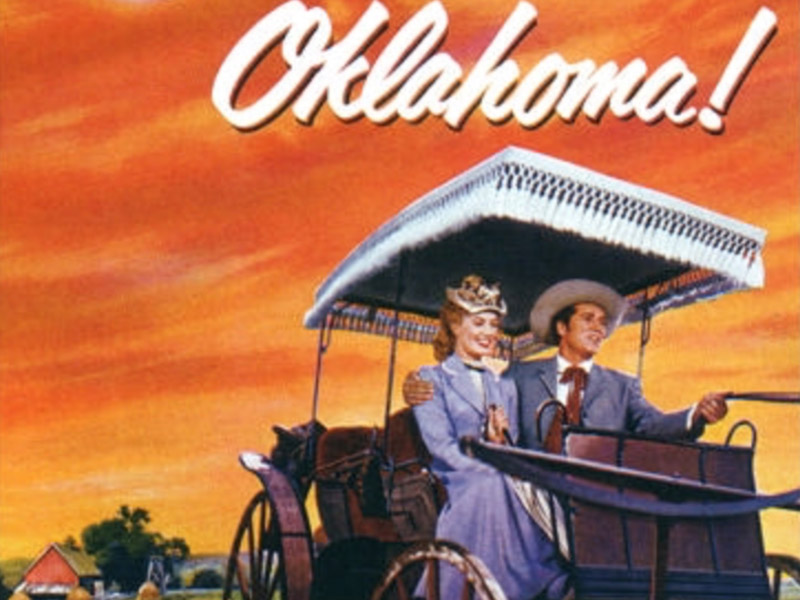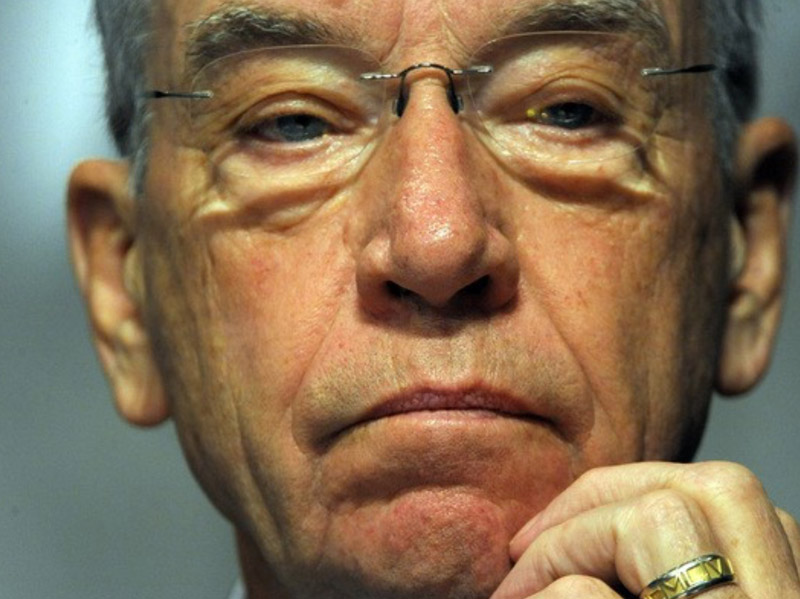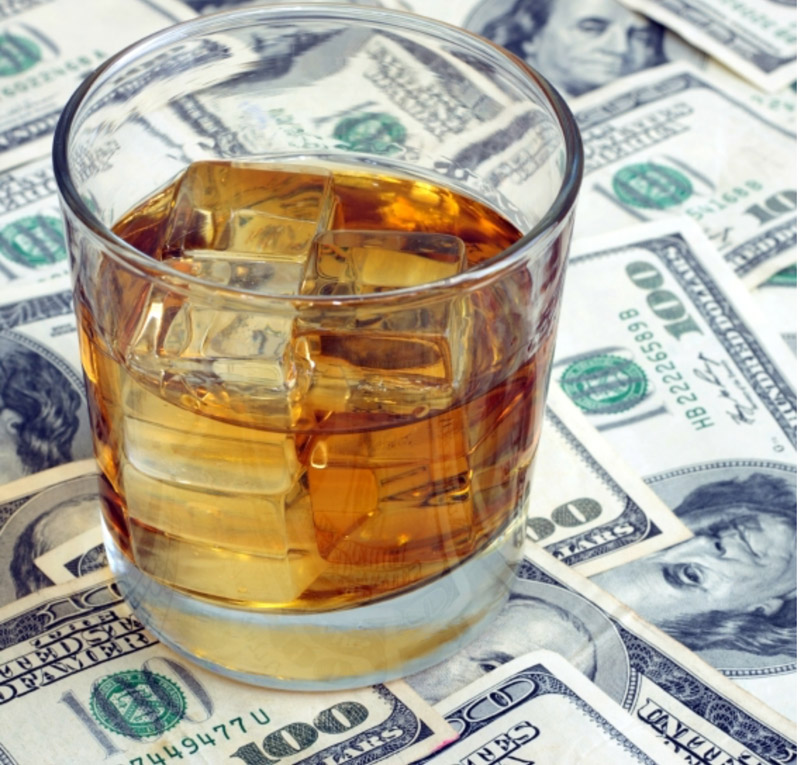
If we are to believe Jimmy Kimmel’s man on the street interviews, it’s always astonishing what everyday Americans don’t know about America. Stranger yet, is what Americans don’t know about other countries. Most Americans don’t hold a passport and believe that all parts of the world aspire to be us and can’t believe that much of Europe thinks we’re are badly dressed fat people with excessive TV channels, a total lack of culture, and notoriously racist and violent. Of the 1/3 of Americans who hold a passport, most of those won’t ever use them. We are happy right here near a Walmart, with the safety of guns at our fingertips. So why is Cinco de Mayo so wildly popular? In a word: booze.
While Americans are pretty oblivious to and happy with our ethnocentrism, we also love a good party. Cinco de Mayo has now surpassed St. Patrick’s day in liquor sales. That’s a dubious honor considering the history of the Irish people. Google Cinco de Mayo and the history of it is and what it celebrates is pretty low on the first page, well beneath many recipes for various margaritas. The Americanization of the holiday is just another reason to get drunk, as if a regular old Tuesday wouldn’t do. It looks like we have tequila, tecate, Dos Equis, and Corona to thank for the wildly popular holiday. It’s easy to see what is really important by the sales of items on May, 4. Essentially, avocado and tequila sales spike. Let’s get drunk and have some guacamole to support our neighbors to the south! Well played liquor companies, yet another marketing masterpiece to spike the sales of your damage inducing product. Cinco de Mayo is the Olive Garden of holidays. It’s like a bad taco with ground beef and iceberg lettuce off the .99 menu at any number of Mexican fast food restaurants.
The media is awash with the typical “designate a driver” “use responsibly” and “buzzed driving is drunk driving” rhetoric all of which is a good reminder but is a reminder needed? Is there anyone out there who is defending the act of drinking and driving? What about all the other things that will go wrong tomorrow during the tequila soaked piñata fiesta? Alcohol use sees a rise in many things, among them, sexual assault and no where is this more true then on a college campus.
According to a Kent State study on college campus alcohol abuse, every year 500,000 students will have unprotected sex, more than 100,000 will be too intoxicated to know whether they consented to sexual intercourse and more then 70,000 students will experience alcohol related sexual assault. The reminders not to drink and drive don’t address this problem in any way. Holidays like Cinco de Mayo see a spike in all of the collateral damage with a rise in alcohol use. As a side note, guess who doesn’t pay a cent for all the wreckage? Alcohol companies.
I am often asked, “when is drinking a problem?” “when should I seek treatment?”. Questions of that nature. Holidays like Cinco de Mayo won’t give you the answer but they may provide some insight. Using things like fabricated holidays to rationalize excessive drinking isn’t diagnostic criteria but it may give pause to be honest about how important alcohol is to your life and what problems arise from it. The truth is, most people are better off without intoxication and the numbers don’t lie, alcohol is very dangerous stuff. I like to use this simple test “would I go if they didn’t have a bar”. My answer was always “no”. I’m going because I can get sloppy drunk and hide among all the other people getting sloppy drunk. I like guacamole and all but it’s not the guacamole that would be enough to get me out midweek. From a cultural level, Cinco de Mayo is a made up reason to get drunk. On an individual level, if one is making up reasons to get drunk, give me a call.

 Yesterday in a bizarre ruling, an Oklahoma court found forced oral sex with someone too intoxicated to consent, legal. Huh? Can that be possible? “Yes” is the sad and inexplicable answer. The case that produced the ruling involved a 17 year old boy and 16 year old girl. A later hospitalization showed the girl had a blood alcohol content of .34, which could produce death. She was drunk, bone saturated drunk beyond recognition and certainly beyond any ability to consent to anything. There were no reports regarding the boy’s level of intoxication, if any. Rightfully so, there are numerous public outcries from advocacy groups and just about anyone with a a sense of humanity. Think about the message here: pesky courtship and dating rituals, consensual decisions are way too bothersome, all you need is a 12 pack and a passed out date. There are so many issues with this that should be examined and the media is alive with condemning the court’s decision. Much of the attention is focused on the boy. That he was a calculating sexual predator. He might be but there is a massive oversight when discussing the problem and that is the alcohol. Of course the alcohol doesn’t excuse the behavior and certainly doesn’t let anyone off the hook but it’s playing a big role here and we should take a look at it.
Yesterday in a bizarre ruling, an Oklahoma court found forced oral sex with someone too intoxicated to consent, legal. Huh? Can that be possible? “Yes” is the sad and inexplicable answer. The case that produced the ruling involved a 17 year old boy and 16 year old girl. A later hospitalization showed the girl had a blood alcohol content of .34, which could produce death. She was drunk, bone saturated drunk beyond recognition and certainly beyond any ability to consent to anything. There were no reports regarding the boy’s level of intoxication, if any. Rightfully so, there are numerous public outcries from advocacy groups and just about anyone with a a sense of humanity. Think about the message here: pesky courtship and dating rituals, consensual decisions are way too bothersome, all you need is a 12 pack and a passed out date. There are so many issues with this that should be examined and the media is alive with condemning the court’s decision. Much of the attention is focused on the boy. That he was a calculating sexual predator. He might be but there is a massive oversight when discussing the problem and that is the alcohol. Of course the alcohol doesn’t excuse the behavior and certainly doesn’t let anyone off the hook but it’s playing a big role here and we should take a look at it. 




 “The perfect beer to remove ‘no’ from your vocabulary” was the tag line on bottles of Bud Light as part of their “up for whatever” campaign. This is the height of irresponsibility in the alcohol industry. It’s patently offensive that the beer, wine and distilled spirits lobbies inject this substance into the culture with low tax and recession resistant impunity. Alcohol companies are notorious for “drink responsibly” messaging, only to counter it with this, showing their true intention.
“The perfect beer to remove ‘no’ from your vocabulary” was the tag line on bottles of Bud Light as part of their “up for whatever” campaign. This is the height of irresponsibility in the alcohol industry. It’s patently offensive that the beer, wine and distilled spirits lobbies inject this substance into the culture with low tax and recession resistant impunity. Alcohol companies are notorious for “drink responsibly” messaging, only to counter it with this, showing their true intention. For years we have been told to “designate a driver” an innocuous message and one that may save lives but it presumes that is the only thing wrong with excessive alcohol use is impaired driving. The “designate a driver” culture doesn’t take into account that rates of sexual assault rise with the use of alcohol. Bud Light issued an apology and will stop this ad campaign but you can’t unring a bell. The posturing about safety doesn’t really help the social problems associated with alcohol. Today, Bud Light showed their cards, it’s time to hold alcohol companies accountable for the damage done by the product that makes them rich. The state of Virginia hasn’t seen a tax raise on Alcohol since the 70’s. A .10/100 tax per unit of beer sold in the state would yield $169,000,000 annual revenue. That would mean positioned drop in centers throughout the state and admission for state of the art treatment for the asking. When families struggle to find treatment, yes, insurance companies are scum but we are all complicit in this insanity. Write your congressman and demand a tax raise on beer dedicated for alcohol abuse services. It can be done.
For years we have been told to “designate a driver” an innocuous message and one that may save lives but it presumes that is the only thing wrong with excessive alcohol use is impaired driving. The “designate a driver” culture doesn’t take into account that rates of sexual assault rise with the use of alcohol. Bud Light issued an apology and will stop this ad campaign but you can’t unring a bell. The posturing about safety doesn’t really help the social problems associated with alcohol. Today, Bud Light showed their cards, it’s time to hold alcohol companies accountable for the damage done by the product that makes them rich. The state of Virginia hasn’t seen a tax raise on Alcohol since the 70’s. A .10/100 tax per unit of beer sold in the state would yield $169,000,000 annual revenue. That would mean positioned drop in centers throughout the state and admission for state of the art treatment for the asking. When families struggle to find treatment, yes, insurance companies are scum but we are all complicit in this insanity. Write your congressman and demand a tax raise on beer dedicated for alcohol abuse services. It can be done.
